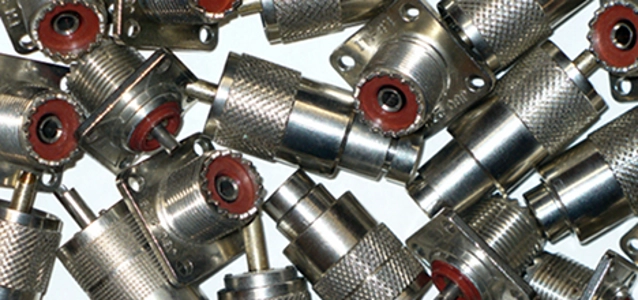
© ermess dreamstime.com
Electronics Production |
Change is coming to the cleaning industry…again!
Cleaning is once again the focus of government regulation. The last big change in cleaning came in 1995 as a result of the Montreal Protocol, eliminating the use of chlorofluorocarbon solvents (CFCs) for cleaning everything from PCBs to the aircraft engines.
For the PCB industry, the elimination of CFC solvents spurred the introduction of water washable and no-clean solder pastes and switching from spraying Freon and 111-trichloro-ethylene to the use of saponifiers and IPA to clean boards, stencils, pallets and related tooling.
For those of us 'experienced' enough to remember those good-old days, changing from a solvent-cleaning process that was working to an unknown aqueous-based process was a royal pain. It’s bad enough to research a cleaning process when you need one, but to have the government take away a perfectly good process just because Antarctica may get a little too much UV light through a newly discovered ozone hole was tough to bare.
Well, get ready, because change is coming once again!
The Ozone Transport Commission (OTC), an organization of states in the Northeast/Mid-Atlantic region created under the Federal Clean Air Act, is charged with achieving better air quality, in part by decreasing Volatile Organic Compounds (VOCs). OTC has put together a Model Rule for Solvent Degreasing that can be adopted or adapted by individual states.
Before you say, “I don’t work in that region, so it won’t affect me,” or “Who cares? I don’t use solvents; I use water-based cleaning,” think again.
The EPA cannot mandate specific rules for individual states. However, it has deemed that more areas throughout the U.S. do not have acceptable air quality. This prompts a geographically-encompassing chain reaction that is likely to result in lower allowable emissions of VOCs in many areas.
The rule contains language nearly identical to that found in the South Coast Air Quality Management District (SCAQMD) Rule 1122 in Southern California. The Rule also takes cues from the Santa Barbara Air Pollution Control District. The VOC limit in the Model Rule is 25 g/L.
If a company wanted to use higher VOC limits, “airless” cleaning systems would be required. This will have a tremendous impact on cleaning boards, stencils, screens, and pallets in the PCB assembly industry as all cleaning chemicals currently used contain VOCs (except 440-R® SMT Detergent by Smart Sonic Corporation which is VOC-free).
Even chemicals described as “water-based” contain elevated amounts of VOC solvents and are targets of the OTC Model Rule. MSDS regulations do not require disclosure of VOC content so users should obtain a written statement from their chemical provider disclosing VOC content of any cleaning chemical in use, as the new rule may encourage manufacturers to avoid VOC disclosure.
Many state and federal regulating agencies are notorious for giving short notice. The prudent assembler would be wise to take a proactive approach to the inevitable change that is coming and begin the selection process sooner rather than later for a cleaning chemical to replace the VOC chemicals targeted by the OTC.
Author: Bill Schreiber, Smart Sonic Corporation
